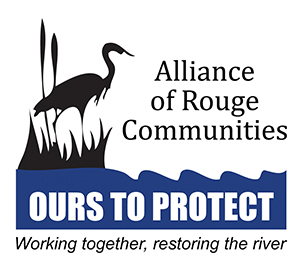 Restoration Project
Restoration Project
Venoy Dorsey Park Restoration
As water quality in the Rouge River continues to improve, this project will build on past efforts to restore some of the damage done during the last century. Tributaries of the Rouge River have suffered from loss and impairment of aquatic habitat and increased frequency and magnitude of flood flows, primarily due to increasing urbanization within the watershed. The flat river slope and the meandering channel can not pass the large flows associated with rain events. Upstream urbanization continues to exacerbate this problem as runoff from increased amounts of impervious surfaces culminates in flooding within the river system, bank erosion, and continued habitat degradation.
Venoy Dorsey Park is located along the Lower Rouge River with sections in both the City of Inkster and the City of Westland. Portions of the park area are routinely mowed and used for active recreation. However, the park is low and often floods. Some areas in the park are forested wetlands but many wetlands are not hydrologically connected. This project is creating and restoring wetlands in the park by establishing depression wetlands which hydrologically connect the existing wetlands. Additionally, a section of failing streambank is being stabilized using bioengineering methods. Lastly, invasive species is being treated and managed in a portion of the existing riparian and wetland habitat.




